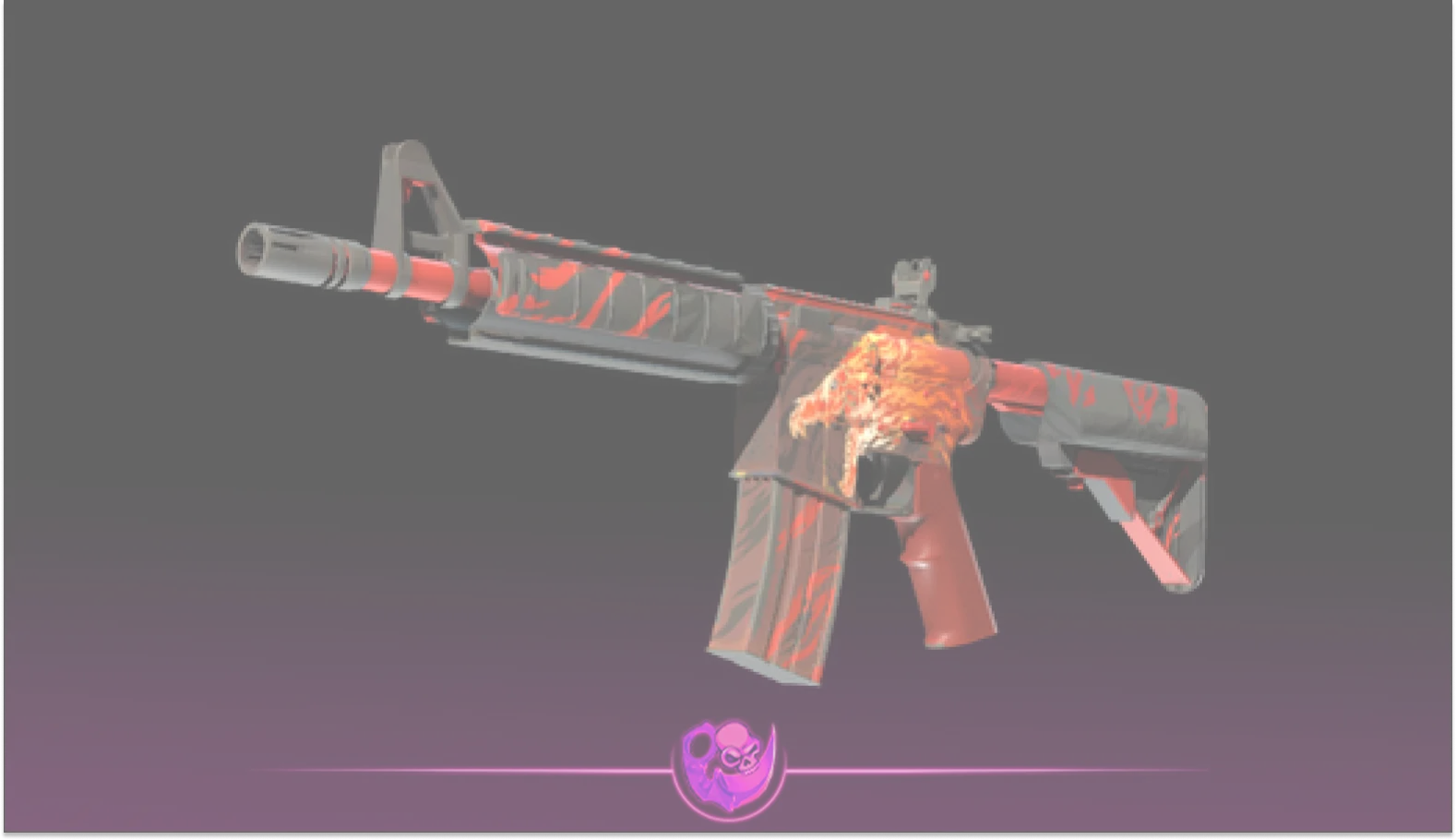Insightful Updates
Stay informed with the latest news and trends.
Skin Rarity Valuation: The Hidden Currency of Virtual Worlds
Discover the secret value of virtual skins! Uncover how rarity shapes gaming economies and unlocks hidden wealth in digital worlds.
Understanding Skin Rarity: What Determines Value in Virtual Markets?
Understanding skin rarity in virtual markets is crucial for gamers and collectors alike. The value of these digital assets is determined by a variety of factors, including rarity, demand, and unique features. Rarity plays a significant role; skins that are classified as limited edition or have a low drop rate tend to command higher prices. Additionally, certain skins may feature unique artwork or collaborations with popular franchises, further enhancing their desirability. Players often seek out these rare skins to distinguish themselves within the gaming community, creating a competitive market driven by exclusivity.
Another vital aspect influencing the value of skins is market demand. As popularity for specific games fluctuates, so does the demand for their associated skins. For instance, skins tied to trending titles or popular updates can see their values skyrocketing, while others may depreciate in worth. Condition also affects value; skins with higher wear levels may be considered less desirable compared to their pristine counterparts. Ultimately, understanding these dynamics allows players and investors to make informed decisions in the ever-evolving landscape of virtual markets.

Counter-Strike is a highly popular first-person shooter game that requires teamwork, strategy, and skill. Players can enhance their gaming experience through various means, including using a daddyskins promo code to access exclusive skins and items. The game's competitive nature has fostered a thriving esports community, with tournaments held worldwide.
The Economics of Skins: How Rarity Influences Pricing in Gaming
The world of gaming has seen a significant rise in the popularity of skins, particularly in titles like CS:GO and Fortnite. These digital items, which are primarily cosmetic upgrades, derive much of their value from their rarity. In-game economies often mimic real-world principles, where supply and demand play crucial roles. Skins that are rare or limited edition often fetch high prices on marketplaces, as enthusiasts and collectors vie for ownership. The economics of skins can be compared to the art market, where the rarity and uniqueness of a piece directly influence its market value, leading to inflated prices driven by player sentiment and trends.
Furthermore, the psychology behind rarity affects not only pricing but also player engagement and satisfaction. When a player acquires a rare skin, it provides a sense of prestige and distinction, enhancing the gaming experience. This phenomenon creates a continuous cycle where players are incentivized to invest in acquiring rare skins. As the market evolves, understanding the underlying economic principles that dictate the pricing of these items becomes crucial for both developers and players alike. The interplay between market dynamics and player behavior ensures that the discussion surrounding rarity in gaming continues to grow, making it an essential topic for SEO-focused content.
Are Rare Skins a Good Investment? A Deep Dive into Virtual Asset Valuation
The growing popularity of video games has led to an increasing interest in rare skins as potential investment opportunities. Players often seek out these unique virtual items, which can vary significantly in price based on their rarity and demand. This phenomenon creates a market not unlike traditional asset trading, where the value of a skin can fluctuate due to factors such as player interest, in-game events, or even the influence of streamers and esports competitions. By analyzing these dynamics, one can assess whether investing in rare skins can yield substantial returns or prove to be a financial gamble.
When evaluating virtual asset valuation, it is essential to consider several key factors:
- Scarcity: The rarer a skin, the more valuable it is likely to be.
- Popularity: Skins from popular games or limited-time events tend to attract more buyers.
- Market Trends: Keeping an eye on the gaming community's sentiment can help predict potential price shifts.